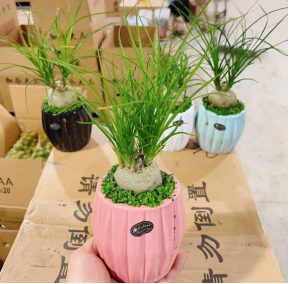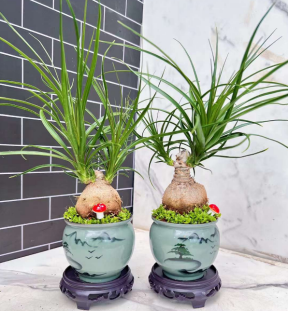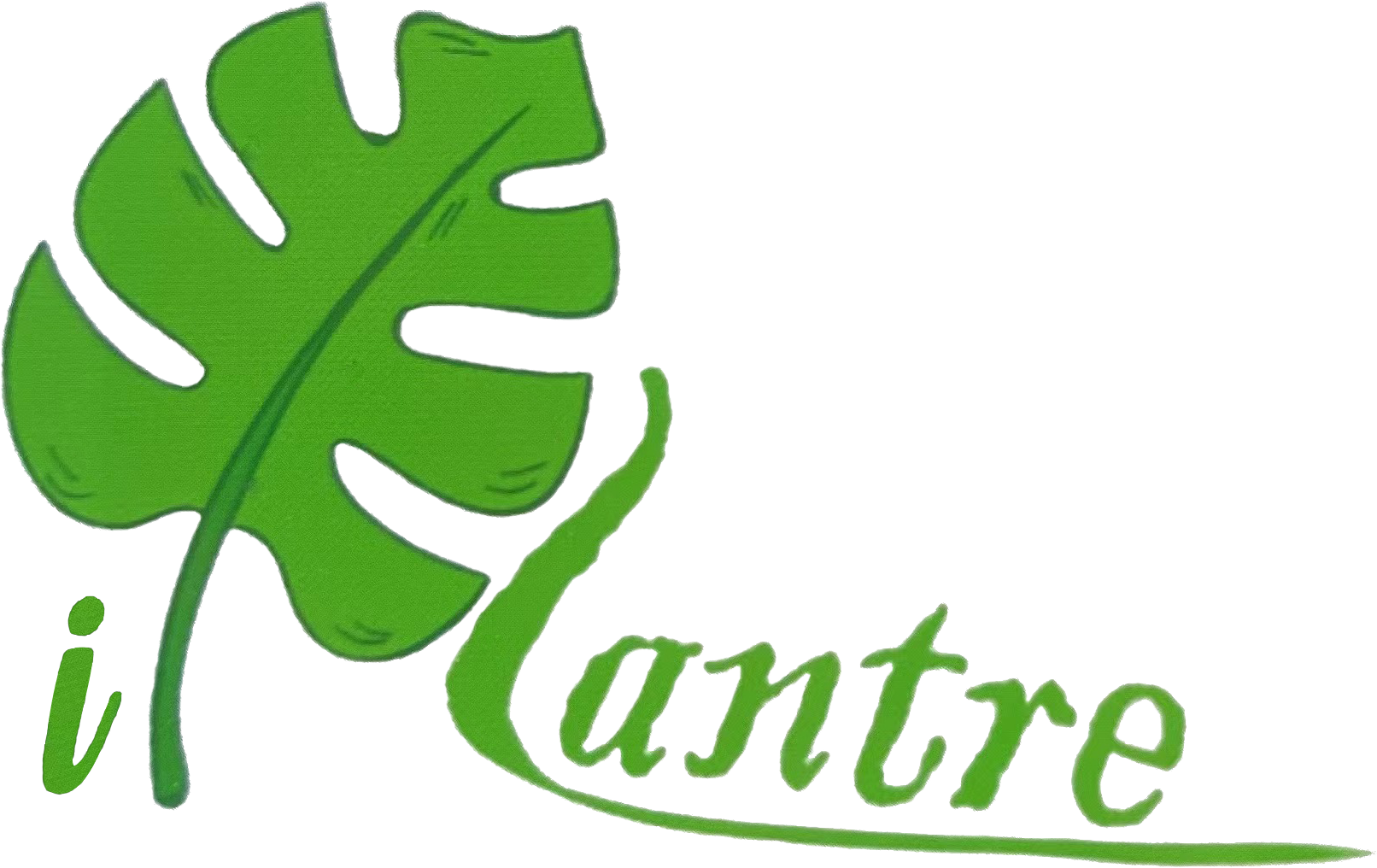To maximize the air-purifying benefits of plants, it is often recommended to have a sufficient number of plants in a given space. Increasing the plant density can help improve the overall air quality by increasing the combined effect of the plants' air-purifying capabilities. While plants can assist in improving air quality, it is important to maintain a clean and well-ventilated indoor environment. Regular dusting, proper ventilation, and minimizing indoor pollution sources are crucial for maintaining good indoor air quality.
Light: Beaucarnea recurvata thrives in bright, indirect light conditions. Placing the plant near a window with filtered sunlight or in a well-lit area of your home is ideal. Avoid exposing it to direct, intense sunlight for extended periods, especially during the hottest part of the day, as this can scorch the leaves, leading to leaf burn and damage. One of the advantages of the Ponytail Palm is its ability to adapt to lower light conditions. It can still survive in areas with less light, but its growth may be slower. If you have a space with lower light levels, such as a north-facing window or a room farther away from natural light sources, the Ponytail Palm can still thrive there.
When moving a ponytail palm to a new location with different light conditions, it's best to acclimate it gradually. Sudden changes from low light to intense light or vice versa can shock the plant and lead to stress or leaf damage. Gradually introduce it to the new light environment over a few weeks to help it adjust. To ensure even growth and prevent the plant from leaning toward the light source, it is beneficial to rotate the ponytail palm periodically. This helps promote balanced growth and prevents the plant from becoming lopsided. If you have limited natural light available, you can supplement the light with artificial grow lights. Use full-spectrum fluorescent or LED lights designed for plant growth. Position the grow lights within 6 to 12 inches (15 to 30 cm) of the plant and keep them on for 10 to 12 hours a day to provide sufficient light energy.
Lighting requirements may vary depending on the specific conditions of your indoor environment, such as the proximity & intensity of natural light sources, window orientation, and climate. Finding the right balance of light is essential for the health and growth of your Ponytail Palm. If the plant receives too little light, it may become leggy and have weak growth. On the other hand, if it receives too much direct sunlight, it may suffer from leaf burn. Observing the plant's response and adjusting its placement accordingly will help ensure it receives the right amount of light for optimal growth and health.
Water: Beaucarnea recurvata is adapted to arid environments and is capable of storing water in its swollen base, known as the caudex. This adaptation allows it to withstand periods of drought. As a result, it is important to avoid overwatering, as this can lead to root rot and other issues. Let the soil dry out between waterings. Before watering, check the moisture level of the soil by inserting your finger about an inch (2.5 cm) deep into the soil. If it feels dry at that depth, it's time to water.
When watering, ensure that water reaches the root zone of the plant. Thoroughly saturate the soil until water drains out of the bottom of the pot. However, avoid letting the plant sit in standing water, as this can lead to root rot. Allow excess water to drain away completely. The frequency of watering depends on various factors, such as the size of the pot, the amount of light the plant receives, and the room's temperature and humidity. As a general rule, water your Ponytail Palm thoroughly when the soil is dry, typically every 2 to 3 weeks. During the growing season (spring and summer), you can water Beaucarnea recurvata once every two to three weeks. In the dormant season (fall and winter), reduce the frequency and only water when the soil has completely dried out. However, the watering frequency may vary, so it's best to rely on the moisture level of the soil rather than a strict schedule.





